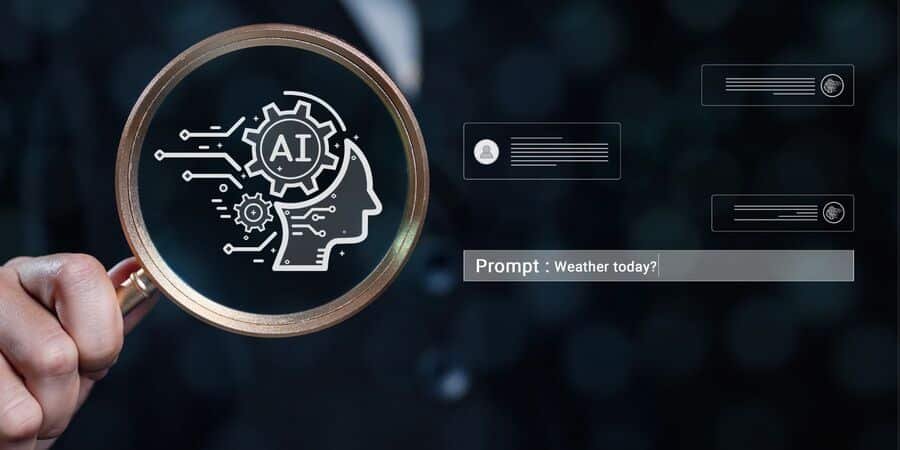Ethics and Transparency: Should You Tell When Something Is AI-Generated?

Artificial Intelligence is transforming the way we create. From writing blog posts to composing music, AI tools make it easier than ever to bring ideas to life.
But with this power comes a question that every creator must face:
Table of Contents
ToggleShould you disclose when your content is AI-generated?
In this article, we’ll explore why transparency matters, how it affects trust and SEO, and how you can use AI authentically, without losing your unique voice.
Key Takeaways
Why transparency about AI use is essential for building trust.
How disclosure impacts SEO and audience engagement.
Best practices for keeping your brand authentic and human.
When to credit AI tools, and when not to.
1. Why Transparency About AI Matters

We live in a time where audiences value authenticity more than perfection.
People don’t expect creators to avoid AI, they just want honesty about how it’s used.
When you’re transparent about AI involvement, you:
Build trust with your readers or clients.
Show integrity and confidence in your creative process.
Avoid misunderstandings or accusations of deception.
For example, on AI Grow’s personalized song page, the process openly includes AI as a tool, but the emotion and story remain deeply human. That balance is exactly what transparency achieves.
2. How AI Disclosure Impacts SEO

Google’s official stance is clear: AI-generated content is not banned, as long as it provides real value and follows E-E-A-T principles, Expertise, Experience, Authoritativeness, and Trustworthiness.
That means it’s not that you use AI, but how you use it that matters.
Here’s what helps:
Keep your author bio human. Always list yourself (not AI) as the author.
In your content, you can briefly mention AI assistance, e.g., “This article was created with the help of AI tools and human editing.”
Avoid fully automated text with no human review, it hurts SEO and credibility.
👉 You can read more about SEO and AI harmony in our article “SEO & AI: How to Combine Keywords with Semantic Search for Better Rankings.”
3. How Transparency Builds Trust

Audiences don’t mind AI, they mind dishonesty.
When readers know that you, a real person, are guiding the process, they feel safe.
Consider adding short notes like:
“Written and edited by Adele Lazzarotto using AI-assisted creative tools.”
It sounds professional, confident, and honest. It shows that AI supports your creativity rather than replaces it.
That same honesty also strengthens your personal brand, especially for creatives who sell emotional or personal products, like custom songs, stories, or heartfelt messages.
4. Best Practices for Using AI Authentically

Here’s how to integrate AI in your workflow without losing your identity:
✅ Use AI as a Co-Creator, Not a Replacement
AI should amplify your ideas, not dictate them. Keep your tone, emotion, and message intact.
✅ Edit Everything by Hand
Even if AI drafts the first version, ensure the final voice sounds like you. Read it aloud and feel it.
✅ Be Transparent but Natural
You don’t need to start every blog post with a disclaimer.
Instead, use light, natural phrasing, e.g., “This post was refined with AI tools to ensure clarity and structure.”
✅ Avoid Overusing AI Imagery
AI visuals are powerful, but balance them with real photos or original artwork. You can read about this balance in our next article on “AI-Generated Visuals: When and How to Use Them Ethically on Your Blog.”
5. How AI Honesty Affects Emotional Connection

Especially for creators who write or compose with emotion, like personal stories or custom music, transparency creates a deeper bond.
When people know that technology helped shape the sound or lyric, yet the emotion came from you, they admire your modern authenticity.
That honesty transforms your work from “AI-made” to AI-enhanced human art, exactly what builds long-term audience loyalty.
6. The Future of Authentic AI Creativity

AI is not replacing creativity; it’s reshaping how it’s expressed.
The future belongs to those who can blend human emotion with intelligent tools — openly and with integrity.
Transparency doesn’t make you less creative.
It makes you more relatable, more trustworthy, and more timeless.
So yes — tell people when something is AI-generated.
Because honesty isn’t a weakness. It’s your greatest strength as an artist and creator.
FAQ
-
1. Should I always mention when content is AI-generated?
Not always. Mention it when AI played a major role in writing or creation. For light editing or idea support, it’s optional.
-
2. Does transparency about AI lower trust?
No, it actually increases trust. Readers value honesty and feel safer engaging with creators who are open.
-
3. Can AI-generated content still rank on Google?
Yes, as long as it provides real value, follows E-E-A-T guidelines, and is reviewed by a human.
📩 Want to Learn AI from Scratch? Start Here.
Sign up to get free tips, beginner-friendly tools, and a downloadable ebook to help you start using AI — even with zero experience.
When you subscribe, you’ll get:
-
✅ A free ebook: “3 Ways to Start Using AI to Make Money”
-
✅ My best tips for beginners (no jargon, no hype)
-
✅ Updates when I release new tools, templates, or lessons


